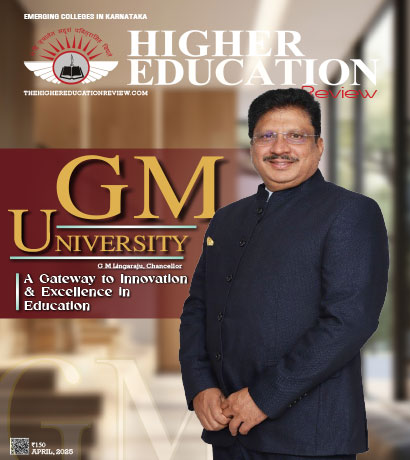5 Benefits Of Parallel Education That Will Change The Way You Learn

Few people are born with the innate ability to learn at lightning speed, and even fewer have the luxury of spending years honing their craft before entering the workforce. While this may be frustrating, it’s important to remember that there are ways to up your learning curve without sacrificing all of your free time. One of the easiest ways? Parallel education, in which you mix traditional classroom education with more hands-on experiences—like apprenticeships, internships, and volunteering—to gain skills faster than traditional classroom education can offer.
5 Benefits of Parallel Education That Will Change the Way You Learn
1) Learning multiple subjects broadens your knowledge base
Parallel education, also known as concurrent education, is a type of schooling where students learn multiple subjects at the same time. For example, a student in a parallel program may take English and history classes together. The classroom setting allows for teachers to integrate subject matter into their lessons so that each subject can complement one another. Another benefit of parallel education is that it allows for more interactive learning by forcing students to see connections between subjects they are studying. Students who participate in this form of education will be better prepared for college or careers because they will have more well-rounded knowledge on different topics.
2) It helps you become more adaptable
In a world that is constantly changing, it's important to be adaptable. That's one of the benefits of parallel education. With parallel education, you learn how to learn. You become comfortable with change and can adapt to new situations quickly and easily. It teaches you how to teach yourself. Once you've mastered parallel education, you know how to self-teach. You'll never struggle in a class again because if something is too difficult for your professor or teacher, there are resources available for self-study or teaching yourself on YouTube and other websites.
3) It enhances creativity
Creativity is often thought of as a process that happens in solitude. But collaboration can actually be a powerful tool for sparking new ideas. When students work together on projects, they have to share their ideas, give and receive feedback, and find new ways to solve problems. This back-and-forth interaction can help them see problems from different angles and come up with more creative solutions. Working with others also gives kids experience working collaboratively outside of school, which will make it easier for them to adjust when it comes time to get a job or go to college. Kids need practice building positive relationships so they can avoid bullying later in life or struggling with issues like making decisions when it's time for things like picking classes or deciding who gets the last piece of pizza.
4) Improves mental health
It's no secret that college can be a stressful time. Students are juggling classes, exams, and extracurricular activities, all while trying to figure out who they are and what they want to do with their lives. It's a lot to handle, and it's not surprising that mental health issues like anxiety and depression are common among college students. But new research suggests that experimental educational methods like parallel education may help reduce stress levels for some people by letting them pursue different interests at the same time. The method is still in its early stages, but it's worth exploring just how this technique could change higher education for future generations.
5) Helps you see connections between seemingly unrelated topics
Do you ever feel like you're stuck in a rut, just going through the motions day after day? If you're looking for a way to change up your routine and learn something new, parallel education may be the answer. Rather than focusing on one subject at a time, these lessons incorporate topics from different fields that are related or connected. It's easier to see how everything fits together because there is more overlap and interaction between subjects.

